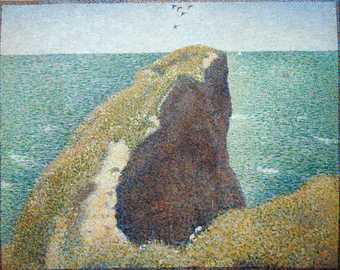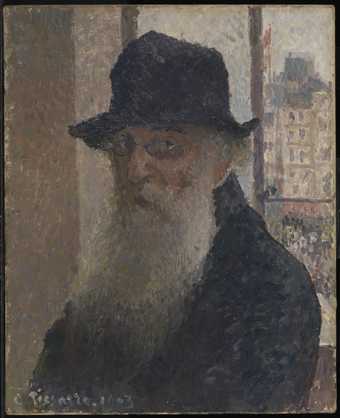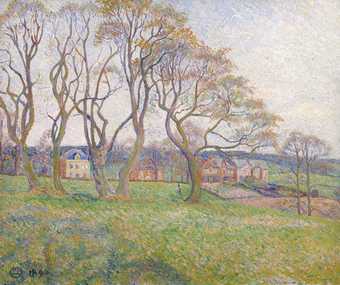Neo-impressionism is characterised by the use of the divisionist technique (often popularly but incorrectly called pointillism, a term Paul Signac repudiated). Divisionism attempted to put impressionist painting of light and colour on a scientific basis by using an optical mixture of colours. Instead of mixing colours on the palette, which reduces intensity, the primary-colour components of each colour were placed separately on the canvas in tiny dabs so they would mix in the spectator’s eye. Optically mixed colours move towards white so this method gave greater luminosity.
This technique was based on the colour theories of M-E Chevreul, whose De la loi du contraste simultanée des couleurs (On the law of the simultaneous contrast of colours) was published in Paris in 1839 and had an increasing impact on French painters from then on, particularly the impressionists and post-impressionists generally, as well as the neo-impressionists.



